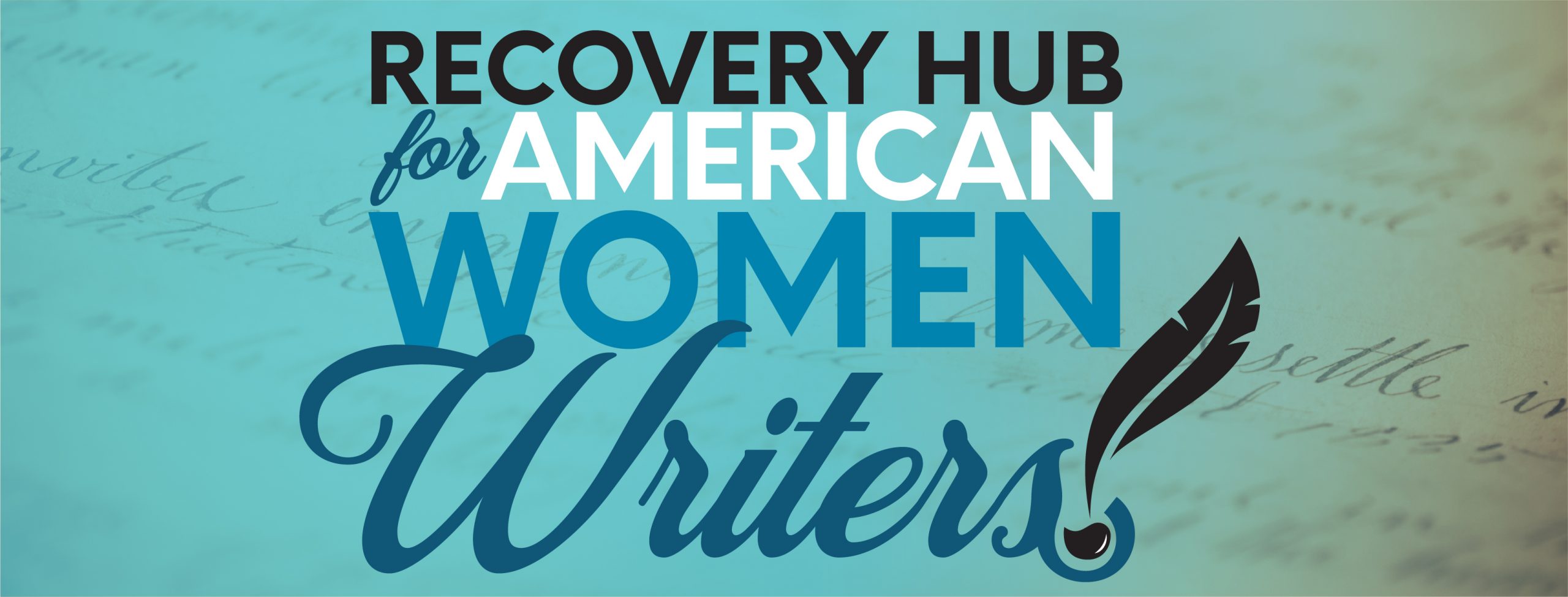by Ashley Reed, Associate Professor, Virginia Tech
Put project plans and documentation in writing and place them in a shared location
As you develop a project charter and create project documentation in other ways, put files in a shared Google Drive or Dropbox or link them to a password-protected website where all project members can access them. Refer to these documents frequently as you launch the project and encourage team members to do the same. Have them open and accessible during every team meeting. This will keep everyone on the same page and will save you time, as you won’t rehash decisions at every meeting.
Determine how and how often your team will communicate and share materials
Every project team with more than one member will need to communicate regularly, and determining the channels of communication will help the project run smoothly and reduce everyone’s stress. For small project teams, an occasional email or in-person meeting may be enough. Larger teams may want to consider setting up a group email list or Slack channel. Teams scattered across multiple campuses may wish to schedule regular online meetings (using Zoom, WebEx, Blue Jeans, Microsoft Teams, etc).
While not every project will require a full project management software suite, every project will use some digital tools for project communication and execution. *Choose the tools that best fit your project* in terms of features, cost, and ease of use. Small teams may need nothing more than a shared Google Drive folder and some spreadsheets; larger teams may choose to work with Trello, Asana, or other project/task management software. You may also combine several tools: a Trello board that links to documents in a shared Google Drive folder, for instance. Many project management tools are free for small teams and inexpensive even for larger ones. If you are considering a large project with many moving parts, it may make sense to adopt a full-scale project management platform such as Basecamp or Wrike.
As with other aspects of project planning and management, make sure all team members are on the same page. If only half of your team members are using the task management software you picked, your workflow will quickly get out of whack. We recommend using the simplest tool or combination of tools necessary for your project, and keeping the learning curve shallow. It may also be the case that not every team member needs to use every digital tool. If your Project Manager distributes tasks to project assistants and oversees them, assistants may not need access to the software the PM is using to track those tasks.
Whatever channels you choose, encourage your team members to keep all communication to these channels, and use them as supplementary documentation. Email list chains are searchable and usually archived on university servers; if you hold live meetings (in person or online) assign someone to take notes and archive those notes with your project documentation. To keep everyone on the same page, off-list communication should be discouraged except in sensitive situations (such as for personnel decisions).
Make a mutual accountability commitment
Though you will have established roles and responsibilities during the planning phase and in the project charter, changes to schedules and interest can and do arise. While rigid hierarchies aren’t necessary or useful, you’ll want to set up your workflow in such a way that things don’t fall through the cracks. Make time at meetings to discuss workflow and if someone gets overwhelmed or overburdened, find ways to support them while keeping the project running.
Build in time to review and revise project documentation
Keeping your project documentation current is key to ongoing success. Having updated documentation will keep everyone on task and make onboarding new team members easier. Since project documents also serve as templates for grant application materials, letting them fall out of date can cost you money.
Set a time to periodically review and update project documents; this should happen frequently at the beginning of the project (monthly or even weekly if you find that your processes change after you launch), then less frequently thereafter (a long-running project may need updates only every 6 months or so).
If you divided your project into phases and set initial goals as suggested above, you will at some point need to take stock of your progress and redefine your goals. If your project is an ongoing one, these new goals will likely be more ambitious than the previous ones: more publications, more collaborators, more funding, more articles. If your project is one that can be completed in the short term, then this new set of goals may involve plans for completing the project, disbanding the team, and reflecting on the project’s successes (perhaps in articles or conference presentations).
Watch out for mission and scope creep
Once a project has achieved some early successes, it can be tempting to launch off in new directions or add “bells and whistles.” This is called “mission creep” or “scope creep.” When these new ideas arise, consider whether they further the defined goals of the project and whether they will be useful to the project’s audience. If not, set them aside to be considered again at a later date.
Remember that there is a difference between mission change and mission creep. As your project progresses you may discover that its focus needs to shift, or new findings may alter the project’s shape and goals. In these cases, rigidly sticking to your original plan may harm the project rather than helping. If your team has the capacity to build and expand upon early successes, or the project requires a change in focus, then return to your project charter and figure out how to incorporate changes or additions. Consider starting a new phase of the project at this point.
